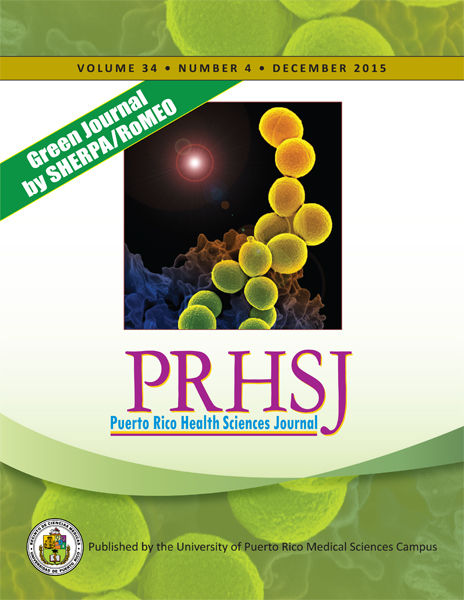Abstract
Objective: To determine the levels of satisfaction, license status, and desire to relocate of pediatric dentists in Puerto Rico. Methods: Pediatric dentists in Puerto Rico were surveyed via telephone interviews. Data were collected through a 34-item questionnaire that explored satisfaction as related to income, continuing education, professional goals, and participation in the Mi Salud program. Frequencies, chi-square analysis, and Fisher’s exact 2-tailed t-test were utilized to determine the relationships between satisfaction and the demographics of the pediatric dentists. Results: Sixty pediatric dentists participated in our survey—77% of the total number of pediatric dentists practicing in Puerto Rico. Overall, 65% of the participating pediatric dentists expressed dissatisfaction. Male pediatric dentists were more dissatisfied than their female colleagues were. Most pediatric dentists participating in Mi Salud expressed dissatisfaction. When asked about whether or not they had considered migrating to the mainland, those who were dissatisfied were more likely to have considered that idea than were those who were satisfied. Overall, 57% of the pediatric dentists comprising our sample had considered relocating to the continental United States. Conclusion: In general, the pediatric dentists who participated in our study expressed dissatisfaction in most areas except when asked about their ability to reach professional goals. Determining the levels of satisfaction of health care providers is important in the maintaining of an adequate workforce. As current levels of dissatisfaction are high, it is important to determine what variables are related to satisfaction so that corrective measures can be taken to ensure that retention rates improve, thereby maintaining an adequate pediatric dental workforce.
Authors who publish with this journal agree to the following terms:
a. Authors retain copyright and grant the journal right of first publication with the work simultaneously licensed under a Creative Commons Attribution License that allows others to share the work with an acknowledgement of the work's authorship and initial publication in this journal.
b. Authors are able to enter into separate, additional contractual arrangements for the non-exclusive distribution of the journal's published version of the work (e.g., post it to an institutional repository or publish it in a book), with an acknowledgement of its initial publication in this journal.
c. Authors are permitted and encouraged to post their work online (e.g., in institutional repositories or on their website) prior to and during the submission process, as it can lead to productive exchanges, as well as earlier and greater citation of published work (See The Effect of Open Access).
